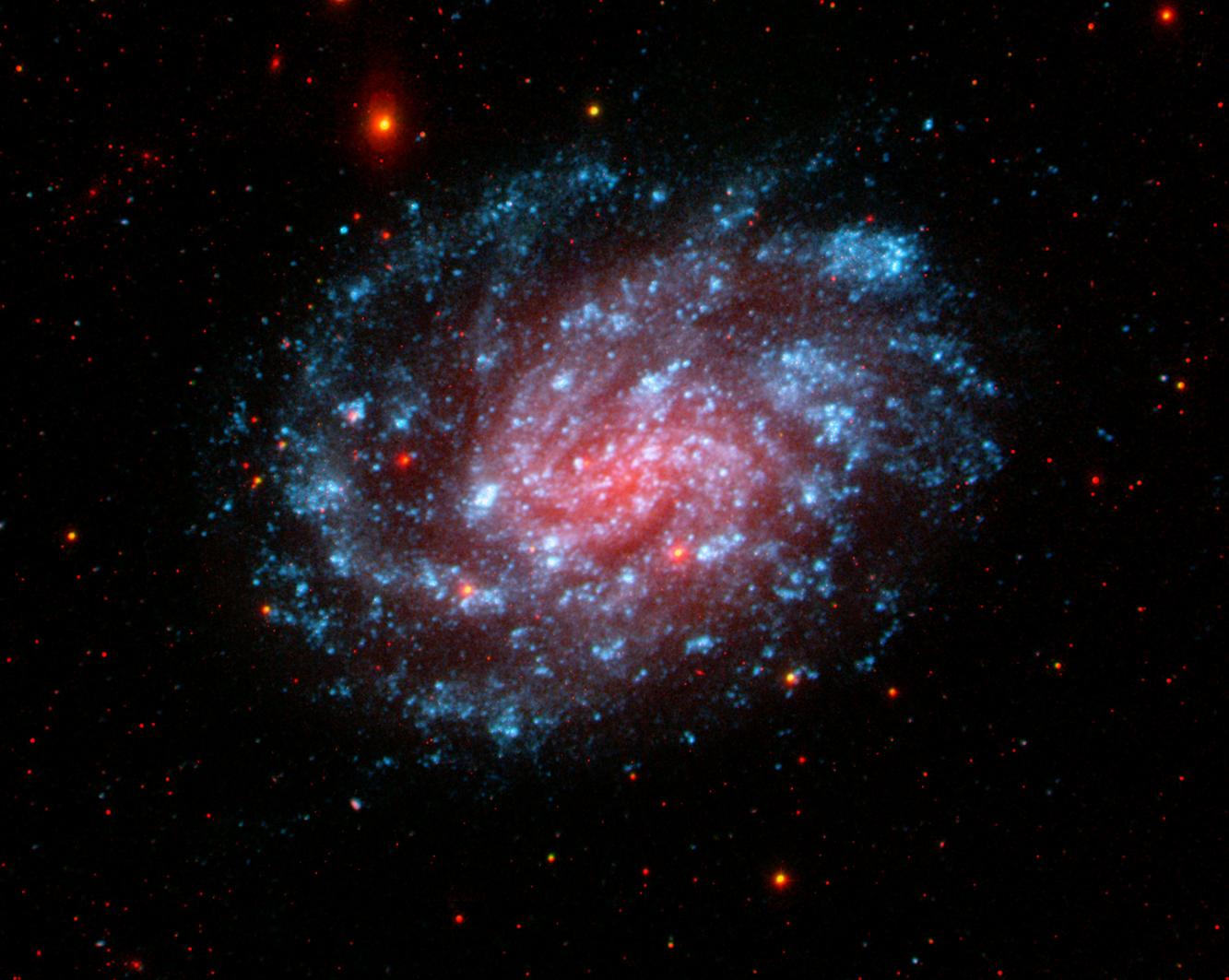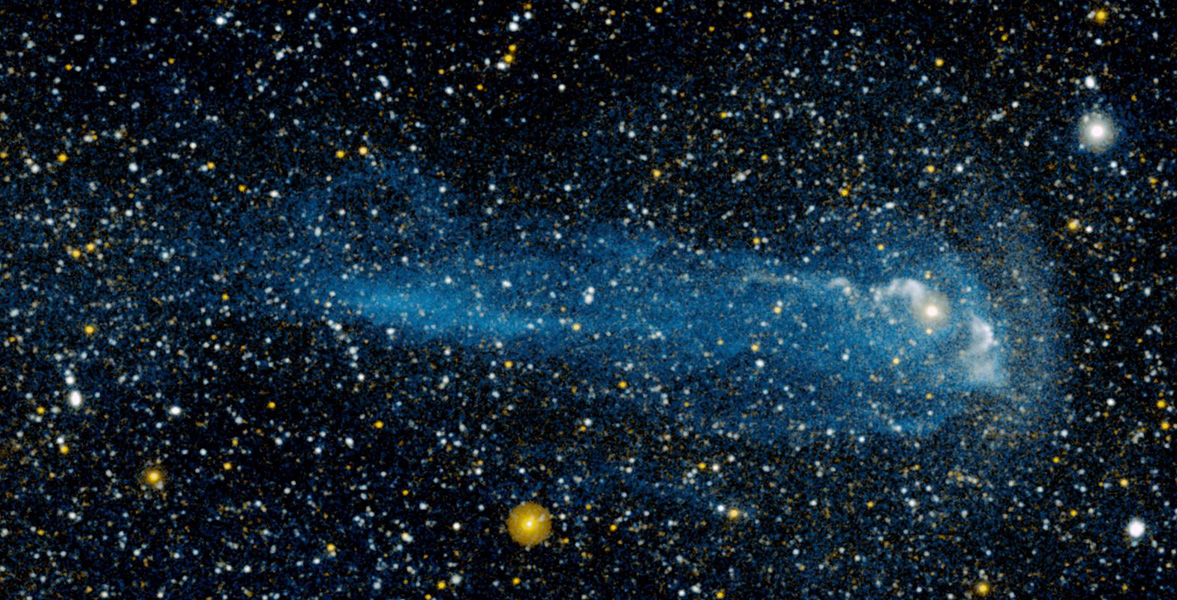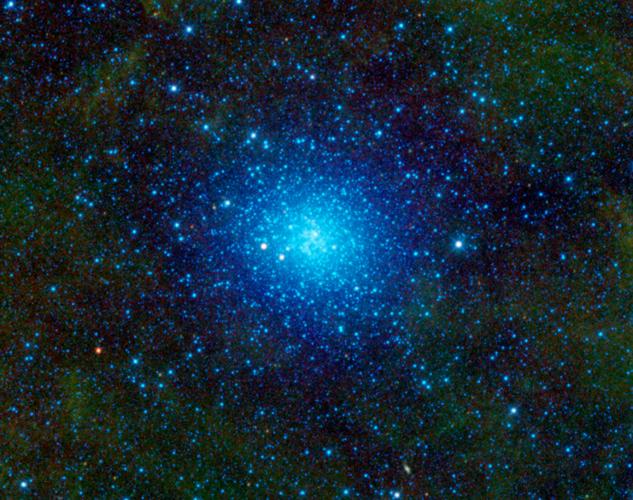
The Matter in Interstellar Space
There are several types of matter in deep space. They range from the huge to very small. Their characteristics are very interesting as well. When we look through a telescope, these areas are very dark. That does not mean it is empty though. There are all sorts of dust, gas, and other molecules hiding in these dark areas.
Matter in Interstellar Space
These pockets of dust and gas are found everywhere throughout the universe. There is no rhyme or reason to their location. Some of these are many parsecs wide. This matter between large objects is called the interstellar medium. It contains mostly gas and dust.
As you can imagine, both the gas and dust are very small. Even they range in sizes though. Their size depends on their composition. Gas does not really block any radiation, however, dust does a little.
When starlight dims because of the interstellar medium it is called extinction. What is useful about this is that light can only be absorbed by particles similar in size to the wavelength of the light. This tells us about the source of the light radiation. All this data can help us learn the color and brightness of the source star.
While pockets of dust and gas are everywhere, the density of them are very low. That means there is not very much dust or gas by normal standards here on Earth. They still block a lot of light though.
Most of the gas is composed of Hydrogen. The rest is a variety of elements very small in proportion. Dust is made up of numerous elements and molecules also. The difference is that the components of dust are much more evenly distributed. There is no foundational element or molecule to make up its composition.

Emission Nebulae
Emission nebulae are hot molecular clouds that glow with a bright light. More succinctly, these are clouds of dust and gas. Light from stars that are contained within are the usual reason for the glowing effect. The gas glows because it is ionized. Ionized gas is super hot.
There has to be at least one hot object in a gas cloud in order to ionize surrounding gas. These clouds have a really low density.
Most of the different colors seen in spectra are from electron transitions. Atoms are not left in excited states for very long. Their state changes often and regularly.
Dust Clouds
Most of space is relatively empty. There are no stars and so little other matter it might as well be empty. This makes it very cold. Stars will warm an area of space for sure. Without any nearby though and it is absolutely frigid. Areas of space with nothing else nearby is well below freezing.
These dust clouds can be quite huge. Many are larger than our solar system to give you an idea.
Spectral lines have given us most of our knowledge of these dust clouds. The lines are all different because of the characteristics of the gas in each cloud.

21-Centimeter Radiation
The methods discussed previously require line of sight through our telescopes. In many cases we will not have any such thing. This also means we can not see dust clouds that are really far away. We can only see the closest ones.
There is a solution to this problem though. It is called radio emissions. As you should have learned in chemistry class, all matter tries to get to its lowest energy state. Many objects are temporarily in higher energy states. When an electron changes state to something lower, it releases a photon equal to the difference.
This photon can be measured. The energy of this photon is very low which means that its wavelength will be large relatively speaking. The wavelength is 21 centimeters long which puts it in the radio spectrum. All it depends on is that Hydrogen be present. This gas is present in almost all places so this is very helpful.
This is one of the advantages to radio astronomy. Almost anything can be studied because of this technique. Most other branches of astronomy are more limited because they are optical based.
Conclusion
As you can see, the interstellar medium is found throughout space and occupies large portions of it. Since it is made up of very cold gas we have to have special methods of observing it. Emission nebulas are these same dust clouds that have a hot star in the middle which gives off enough heat to light it up.
Through this ionization, the clouds and its matter will glow. The really cold dust clouds can be observed by radio astronomy using the 21 centimeter wavelengths for study.